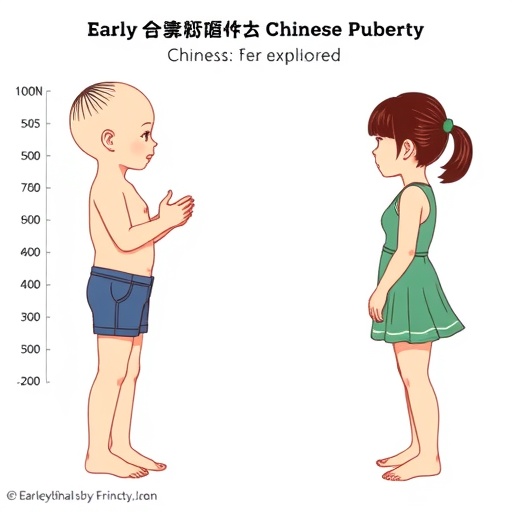Database comprising 14,425 North American watersheds

Credit: Lino Cipresso
To better document the repercussions of climate change on regional water resources, researchers from around the world now have access to HYSETS, a database of hydrometric, meteorological and physiographic data created by a team at the École de technologie supérieure (ÉTS), which contains 70 years’ worth of data on 14,425 North American watersheds.
“Given the diversity of its data and the number of regions documented, HYSETS will allow you to develop models for virtually any type of climate,” explained Richard Arsenault, professor of construction engineering and a member of the Hydrology, Climate and Climate Change Laboratory (HC3), at ÉTS, who spearheaded the project. These ready-to-use data are offered free of charge and can be downloaded from Https:/
“Normally, we have to draw the data we need from several different databases, then filter them before being able to use them to create a reliable model. This task must be repeated each time we want to create a model. We thought it would be a good idea to create a huge database with ready-to-use data that could serve the entire scientific community,” explained Richard Arsenault.
What makes HYSETS different?
HYSETS stands out from other existing databases for many reasons.
First of all, for the number of watersheds that it describes: while most current datasets are based on a sample of around 800 watersheds, HYSETS takes into account 14,425. As for the few databases of greater size – which sometimes include up to 30,000 watersheds -, their flaw is they contain only a single category of data (for example: weather data or hydrometric data, but not the two together). On the other hand, HYSETS contains hydrometric, meteorological and physiographic data from diverse sources and from three North American countries. This diversity is highly useful, if not necessary, to better understanding the propagation of uncertainties in water resource management chains.
Another notable fact: the HYSETS data covers a long period of time, from 1950 to 2018. The database will be augmented annually with data from the previous year. This will make it highly useful for studying past and more recent changes in hydroclimatic variables across different regions of North America.
Finally, the HYSETS database can be used as a test environment for a wide range of applications, including hydrological modeling. Thanks to multiple datasets on temperatures and precipitation, the database can assist in correcting biases in worldwide and regional climate models.
It’s an undeniable asset for researchers in hydrology, environment and climate sciences, because it’s easier to develop models using a significant number of regions. In addition, current studies rely more and more on large scale data in order to take into account the instabilities created by climate change.
###
For more information on the study, consult this article published in Nature Scientific Data : A comprehensive, multisource database for hydrometeorological modeling of 14,425 North American watersheds.
About Professor Richard Arsenault
Dr. Arsenault is an associate professor at École de technologie supérieure (University of Quebec) where he has been performing research since 2017. He previously held a research position at a major hydropower company, where he developed hydrologic forecasting tools and studied the impacts of climate change on the company’s 3200 MW generating stations. His research topics include streamflow prediction in ungauged basins, impacts of climate change on Northern hydrology and using multi-model averaging techniques in streamflow simulation. He is the Principal Investigator of the PAVICS-Hydro initiative, an open-software project that aims to make hydroclimate tools accessible to research groups and water resources system managers worldwide. Along with the HYSETS database, Dr. Arsenault and his team have developed two other hydroclimate databases, namely the CANOPEX (Canadian Hydrological Modelling Experiment) and NAC2H (North American Climate Change and Hydroclimatology) datasets, which have been used by researchers across the globe. He has published over 30 papers in international journals on the subjects of climate change, streamflow prediction and forecasting, hydropower management and hydrological modelling.
About ÉTS
École de technologie supérieure is one of ten constituents of the Université du Québec network. It trains engineers and researchers who are recognized for their practical and innovative approach, the development of new technologies and their skill at transferring their knowledge to companies. Almost one-quarter of all engineers in Québec graduated from ÉTS, which boasts 11,000 students, including 2,650 at the graduate and post-graduate level. ÉTS specializes in applied training and research in engineering, and maintains a unique partnership with the business sector and with industry. For more information, please visit etsmtl.ca.
Media Contact
Chantal Crevier
[email protected]
Related Journal Article
http://dx.




